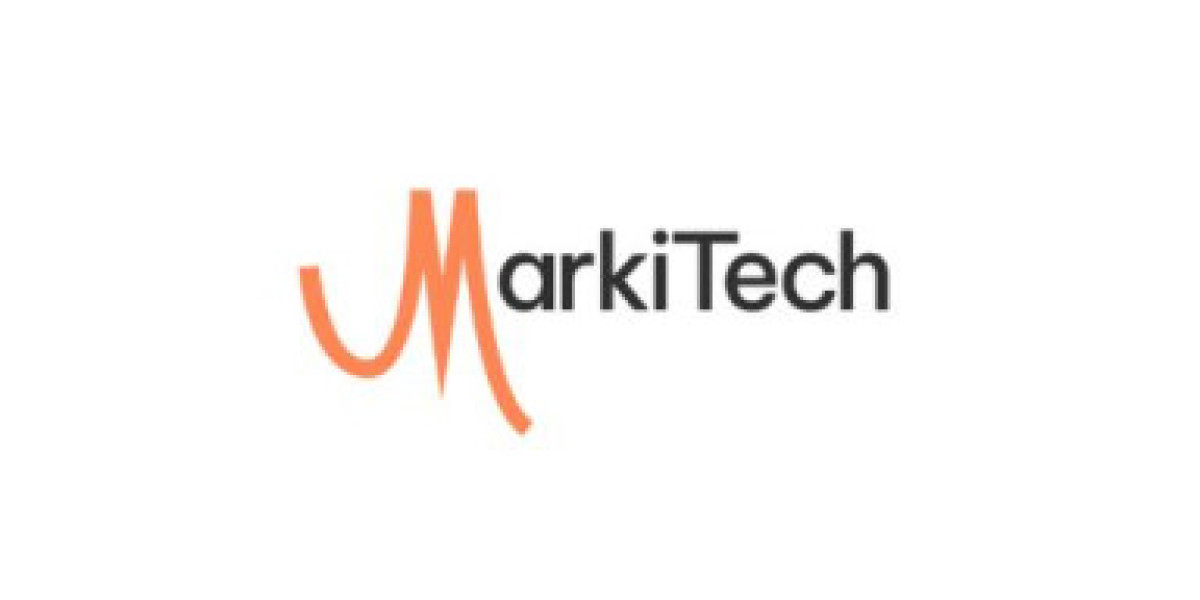obotic Process Automation (RPA) is quickly changing the healthcare business in ways that are both efficient and accurate. RPA helps medical facilities cut down on mistakes, save money, and run more smoothly by eliminating boring routine chores. So, clinicians have more freedom to put caring, high-quality care of patients first.
What is RPA in Healthcare?
Robotic Process Automation in healthcare means using software “bots” that talk and act like people in hospital systems like EHRs, billing, and schedule tools. They quickly and accurately do rule-based, high-volume tasks. These bots work through interfaces or APIs. It lets staff access and move data between different systems without needing major IT changes. So, RPA greatly improves routine task. It makes them more accurate while also lowering staff stress and freeing them up to focus more on healthcare tasks.
How RPA Is Improving Healthcare Facilities
RPA is also bringing new life to hospital facilities by automating tasks that used to require a lot of human labor. The most important places where it changes things the most are listed below.
Patient Data Management
RPA bots easily collect, verify, and sync patient data across multiple platforms. This makes the data more consistent and up to date. This technology cuts down on mistakes in paperwork and makes sure that clinicians can get accurate information when they need it. This makes it easier to make decisions and improves the consistency of care for patients.
Billing and Claims Processing
Robotic Process Automation speeds up billing processes by a large amount by automating the entry of costs, insurance verification, code, and claim filing. It minimizes human mistakes and claim rejections, increasing reimbursement efficiency. In turn, medical facilities get better working cash flow and easier financial operations.
Appointment Scheduling
RPA automatically schedules, reminds, and reschedules patient appointments by integrating with scheduling systems. This evens out the work for providers and cuts down on no-shows, which is the best way to use resources. As a result, customers have a better and more prompt appointment experience.
Inventory and Supply Management
Bots monitor inventory levels, consumption patterns, and expiry dates in real time, prompting automatic restocking as required. This proactive method lowers the risks of stock-outs and manual oversight. Furthermore, it guarantees that medical materials will always be accessible for treating patients.
Compliance and Regulatory Reporting
Assuring thoroughness and accuracy, Robotic Process Automation in healthcare helps with gathering, organizing, and sending compliance-related documentation. This lowers regulatory risks and makes auditing procedures easier. As a result, healthcare institutions may better conform to regulations such as HIPAA while also reducing administrative burden.
To sum up, RPA is changing healthcare by handling regular administrative tasks like organizing and billing. This makes things faster, more accurate, and more in line with regulations. With innovative solutions from Marki Tech, medical staff can focus on what really matters, giving great care that is centered on the patient.














